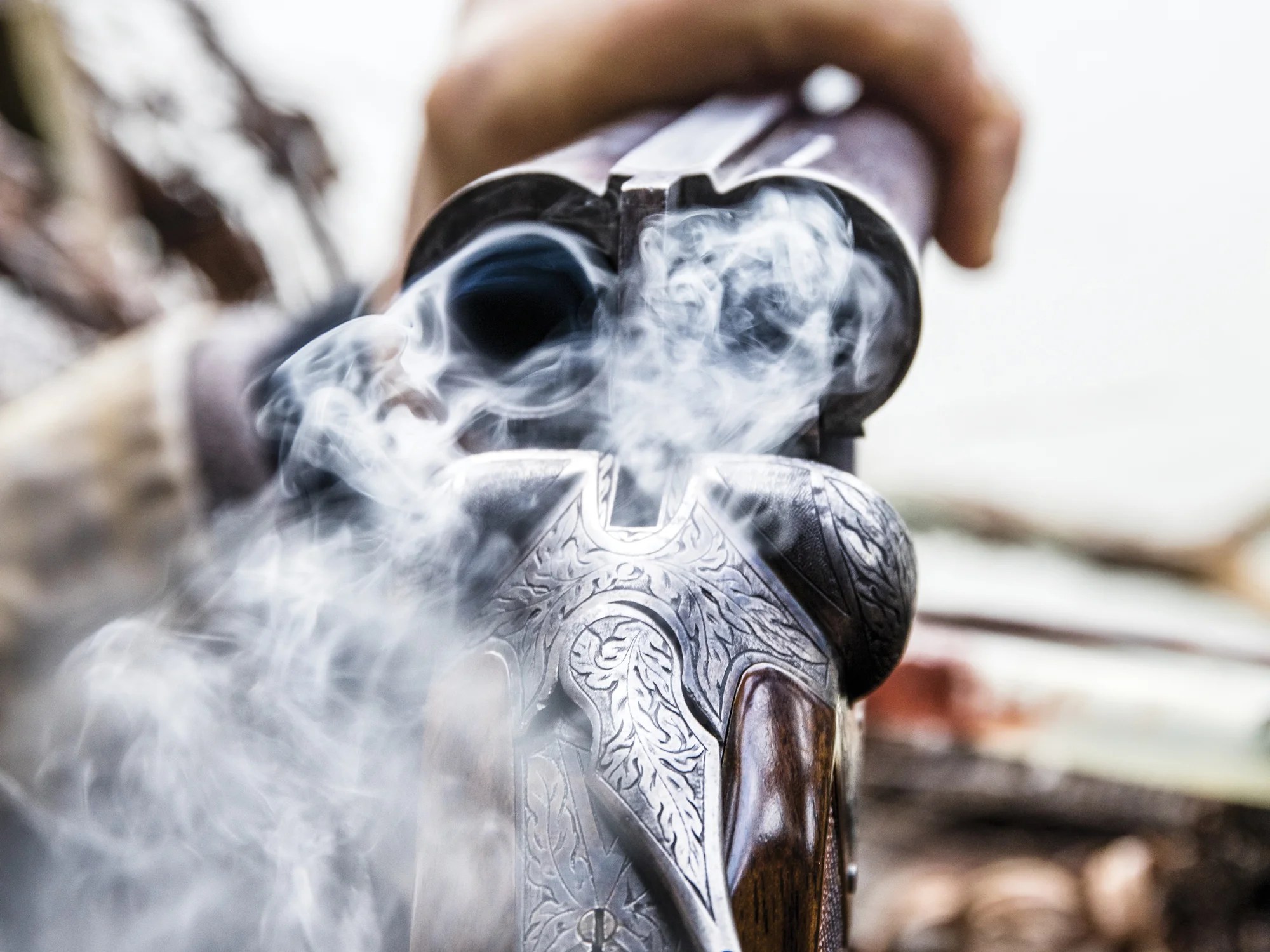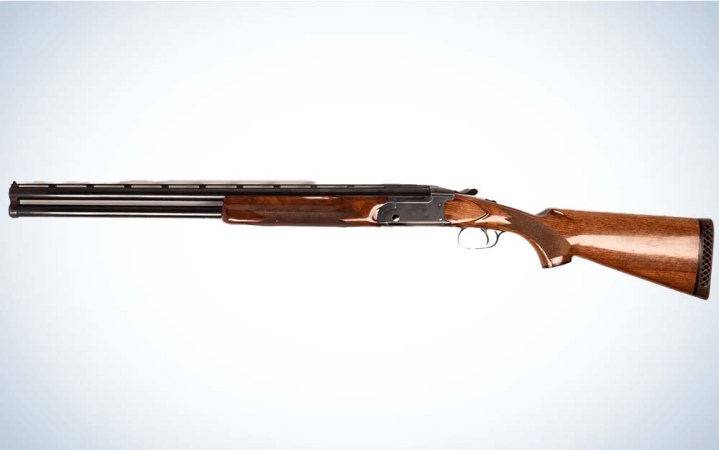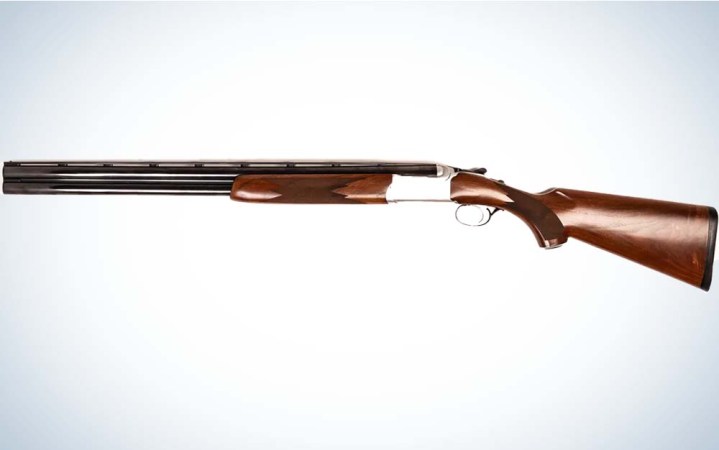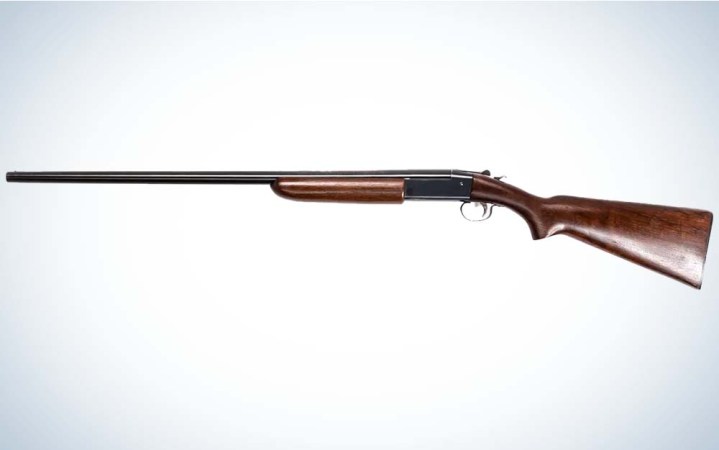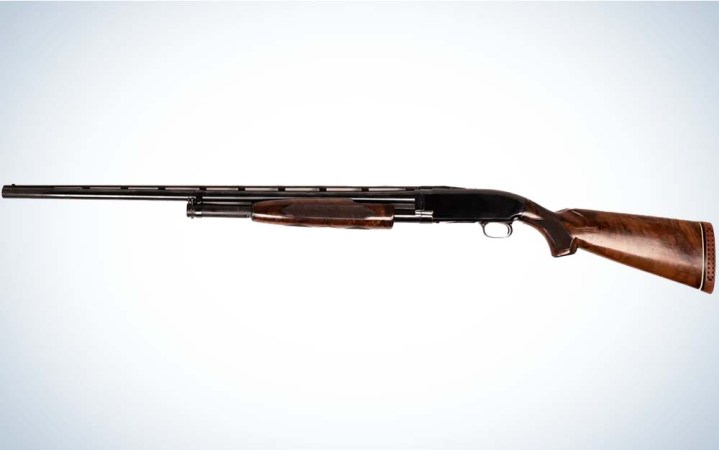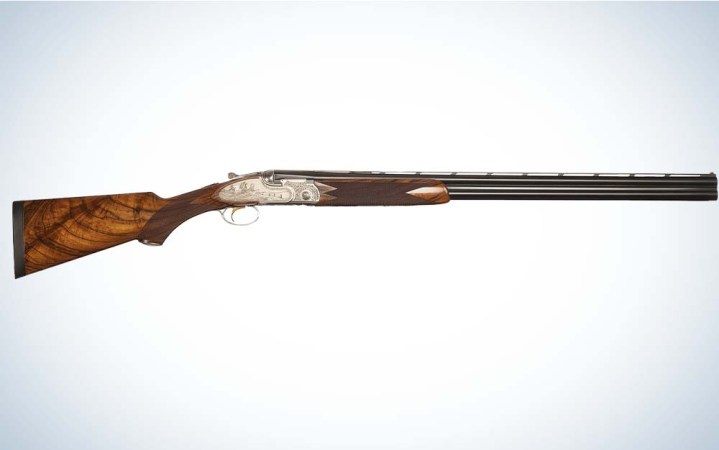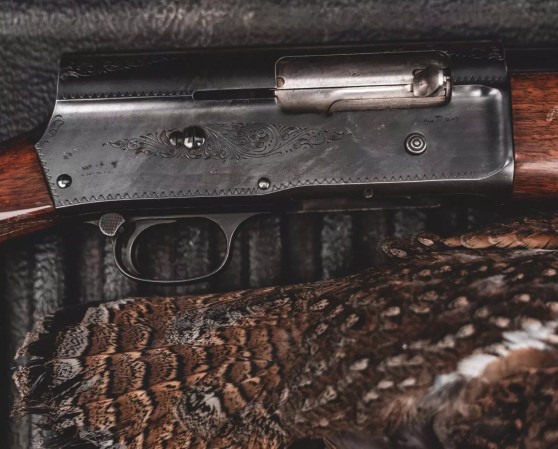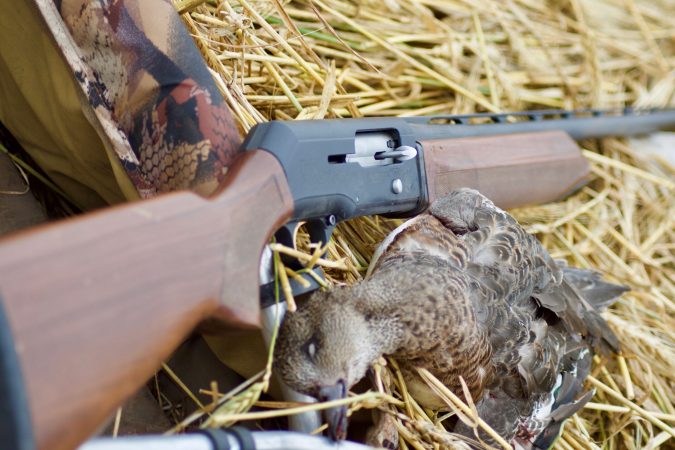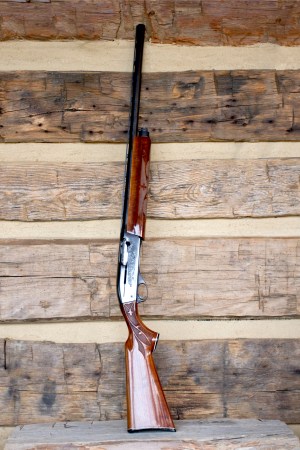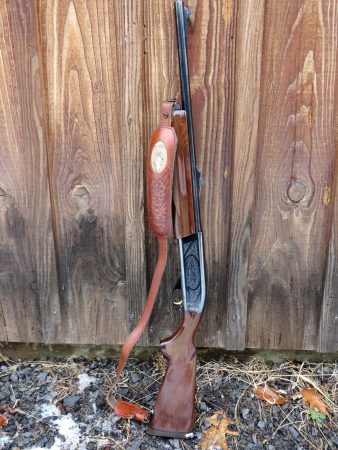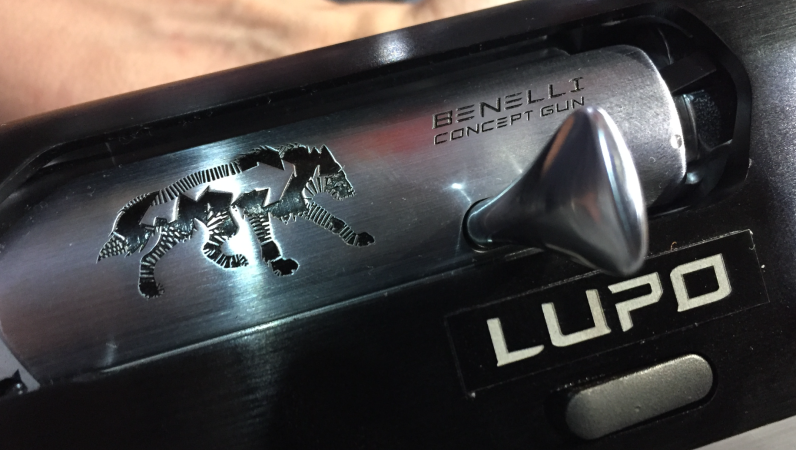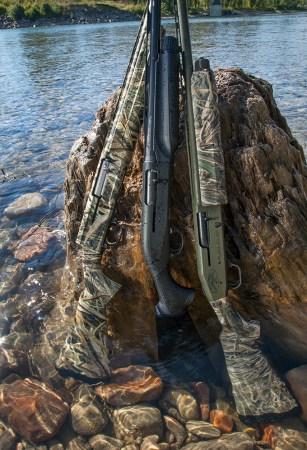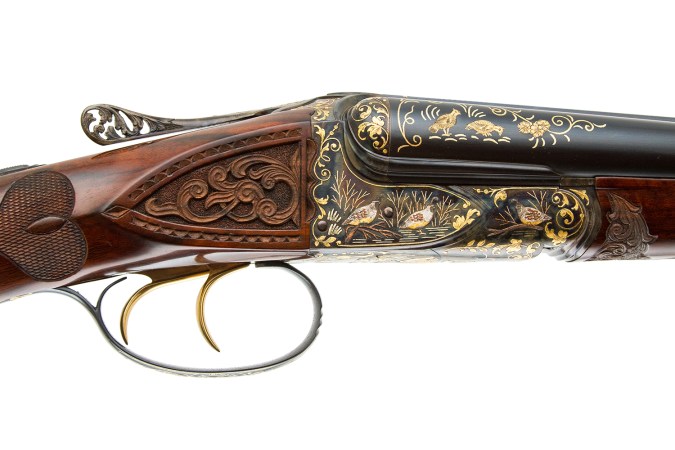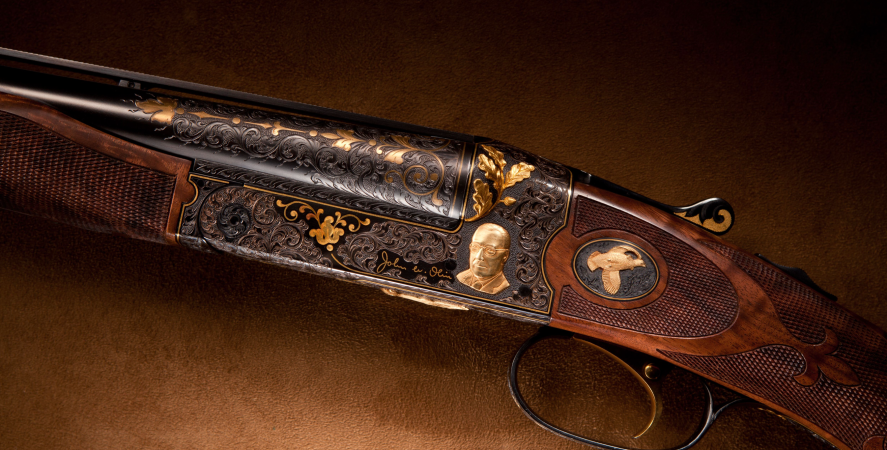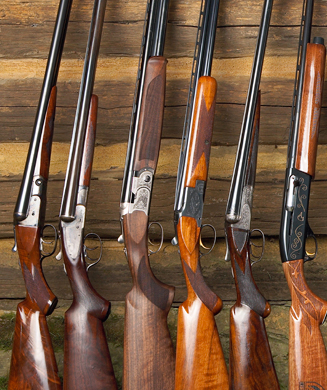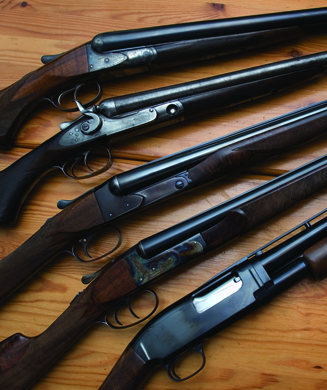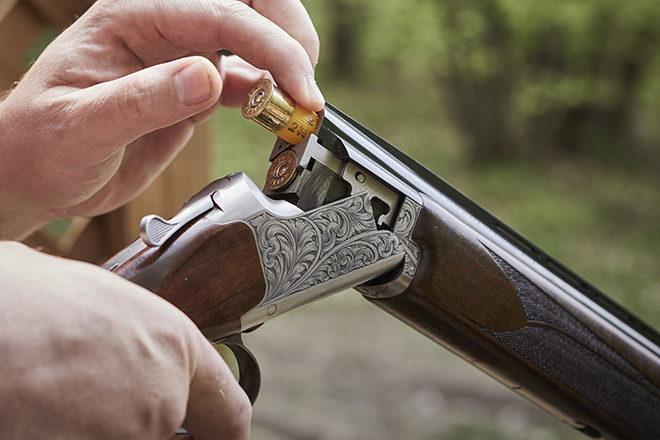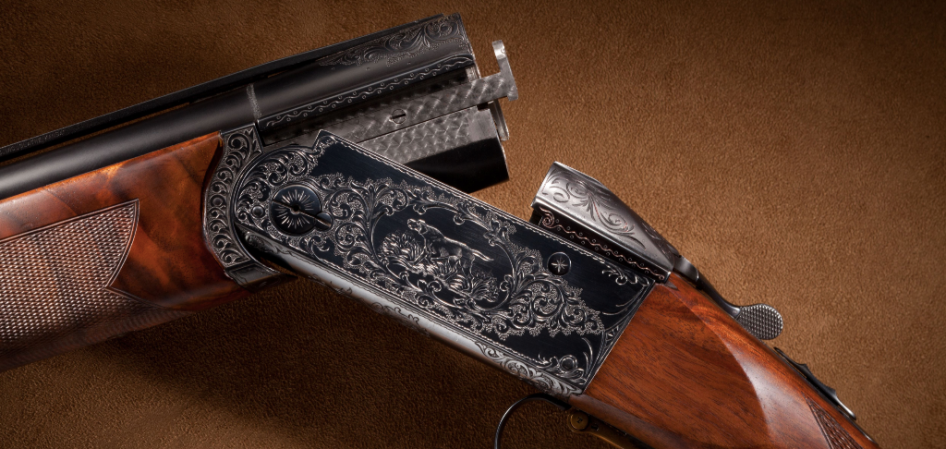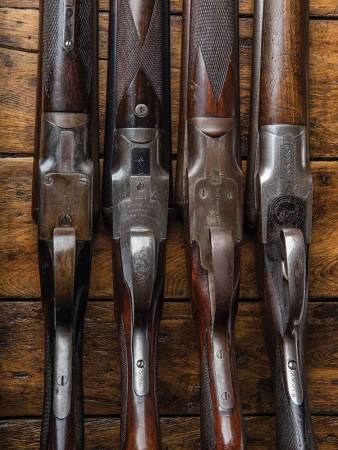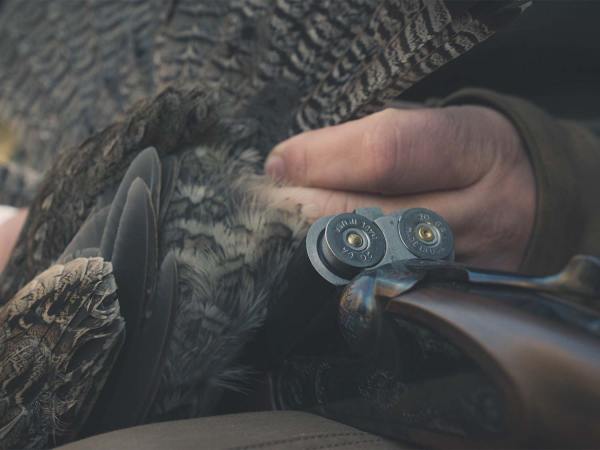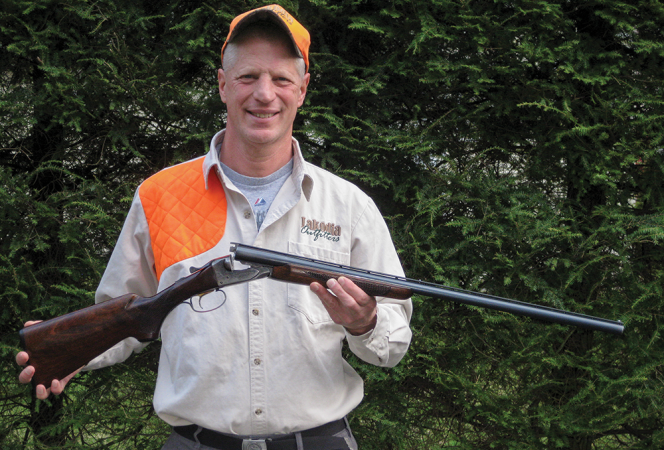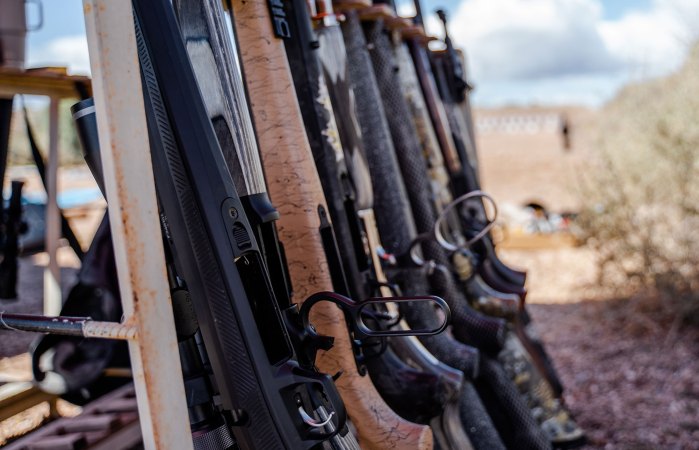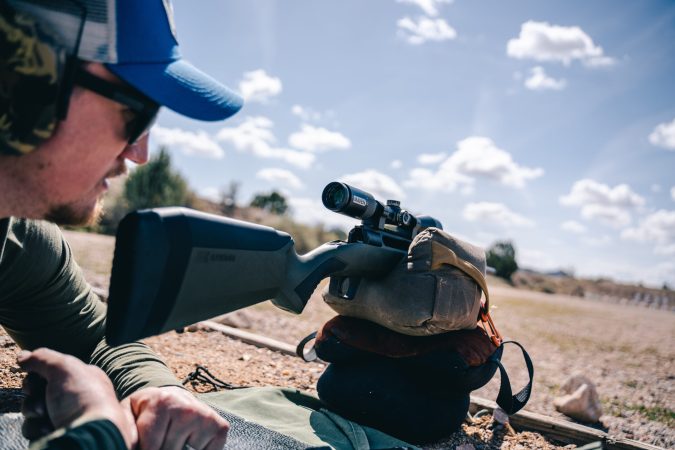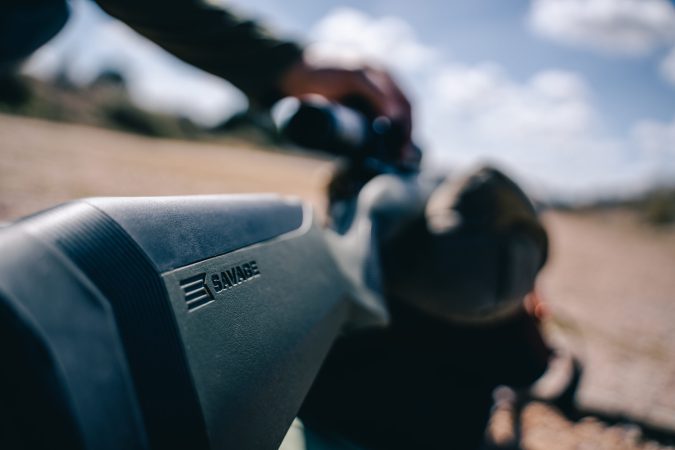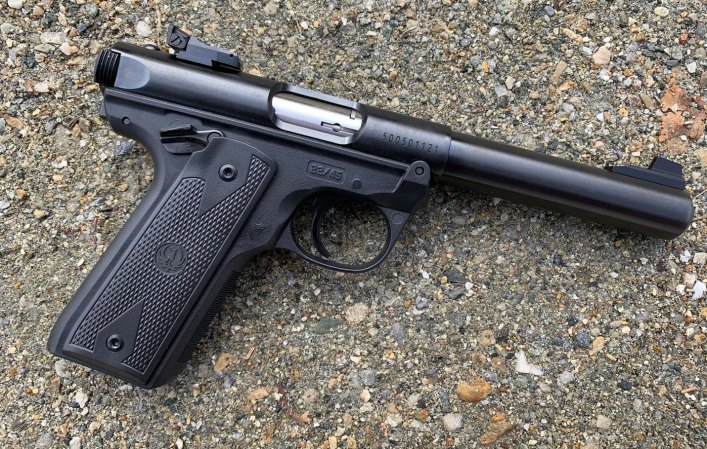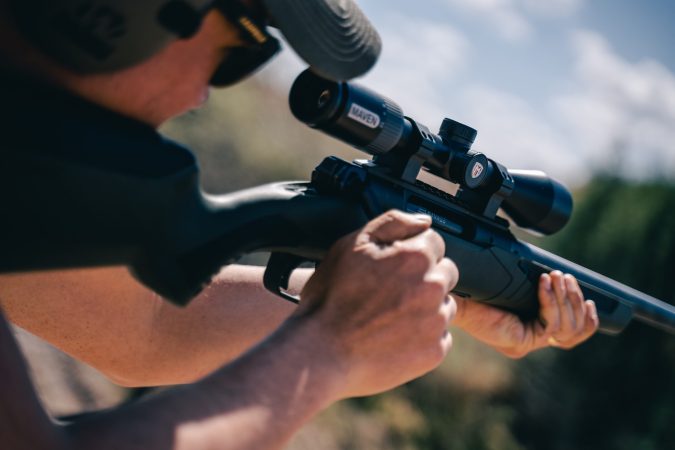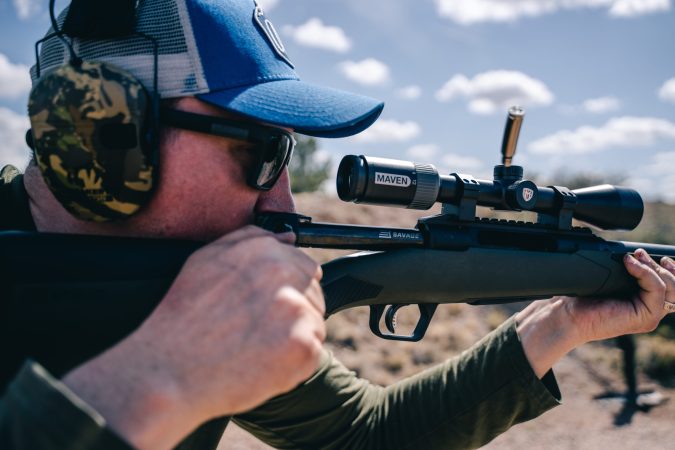We may earn revenue from the products available on this page and participate in affiliate programs. Learn More ›
Most of us fall in and out of love with shotguns throughout the course of our hunting and shooting careers. But as a gun writer, you get exposed to many more smoothbores than the average person because it’s our job to test and shoot every new break-action or repeater we can put hands on and report the results. So, it’s more likely that as a gun writer, the shotgun you cherish today can often be collecting dust in the cabinet tomorrow. Thus, getting a shotgun writer to pick a favorite shotgun is much like asking a cat lady to choose her favorite cat. But, I persisted.
I contacted nine current shotgun writers and pressed each one of them to pick a single beloved smoothbore. Many replied with multiple choices, or wanted to pick a shotgun by pursuit (favorite skeet gun, duck gun, etc.) or hunting season. “Nope,” I said, “you can only have one.”
Several of the writers landed on a sturdy break-action or pump. That’s not surprising, since both platforms are more reliable than auto-loaders due to the simple fact that the guns don’t need to cycle shotshells to function. Gun writers shoot and hunt a lot and so they know that the best gun is the one that goes bang. They also covet the craftsmanship of fine walnut-and-steel smoothbores, often considered a luxury (not a standard feature) in today’s semi-autos. There’s a mix of affordable shotguns that made this list as well, proving gun writers also know a good value when they see one.
1. John Snow, shooting editor Outdoor Life: Sig Sauer TR 20 U Aurora
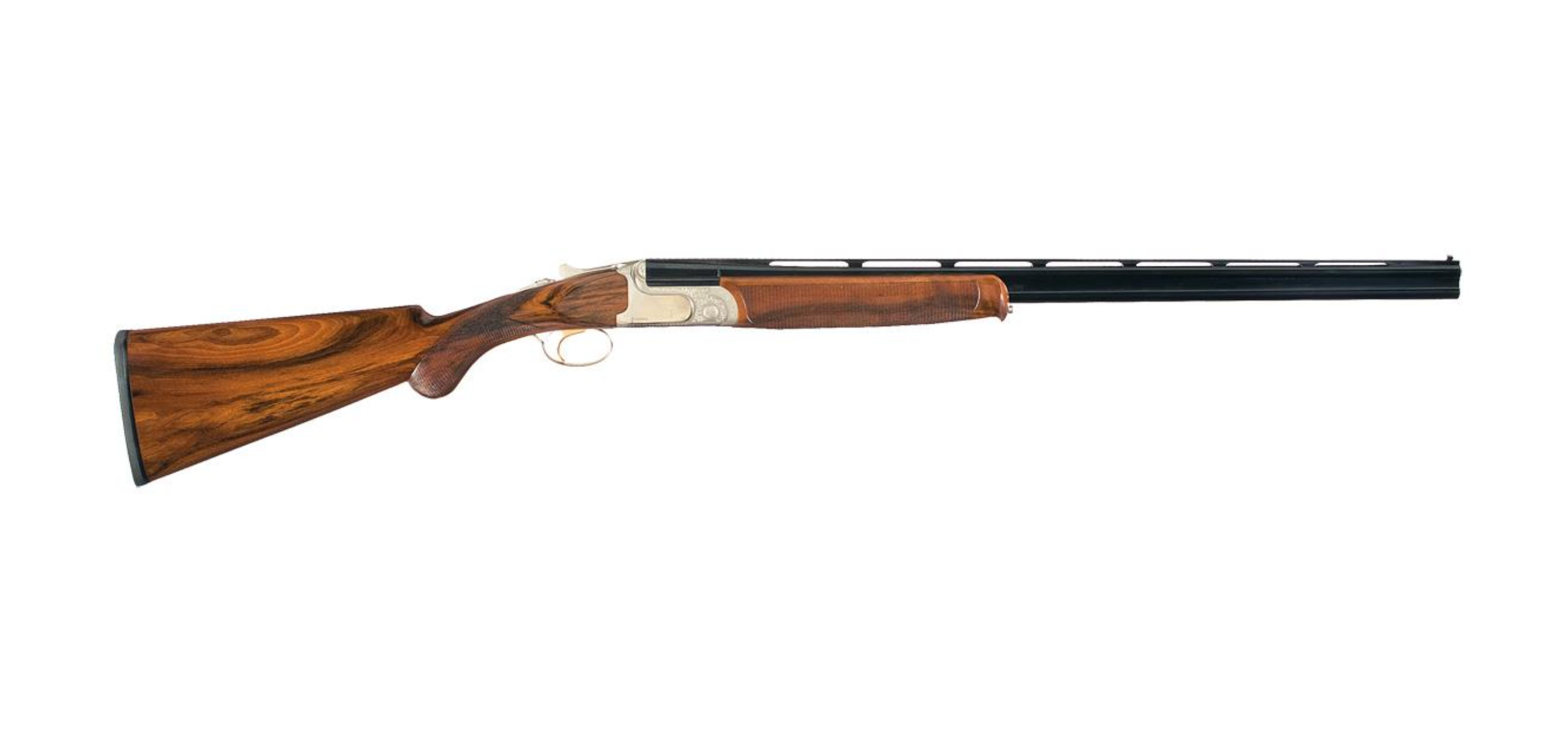
Even by his own admission, Snow’s pick for his favorite shotgun is a bit of an oddity. The modern history of Italian shotgun makers is complicated, as there are a number of intermixed families who have been building guns for decades, or more. Among them are the Rizzinis. Without getting too in-depth—as it would take an entire book to unpack the tale—Battista Rizzini has been building guns since 1966, making both high-end and more affordable doubles.
Some years back, Rizzini produced a run of guns for Sig Sauer, including Snow’s favorite, the TR 20 U Aurora. But the business relationship went sideways—as they often do—and you can only find them on the used gun market now.
Snow’s gun is a handsome one, with a color-case-hardened receiver that has some modest scroll engraving, and a nicely finished walnut stock. It is pretty, but not too pretty to take hunting. It has a straight stock, which often doesn’t pair well with an over-and-under, but Snow says it was one of those guns that he just clicked with. From the first time he shouldered it on a clays course, the shotgun seemed like it couldn’t miss. When you find a gun like that, you don’t pass it up and it has been a consistent companion on Snow’s upland bird hunts since.
2. Phil Bourjaily, shotguns editor Field & Stream: Beretta ASEL
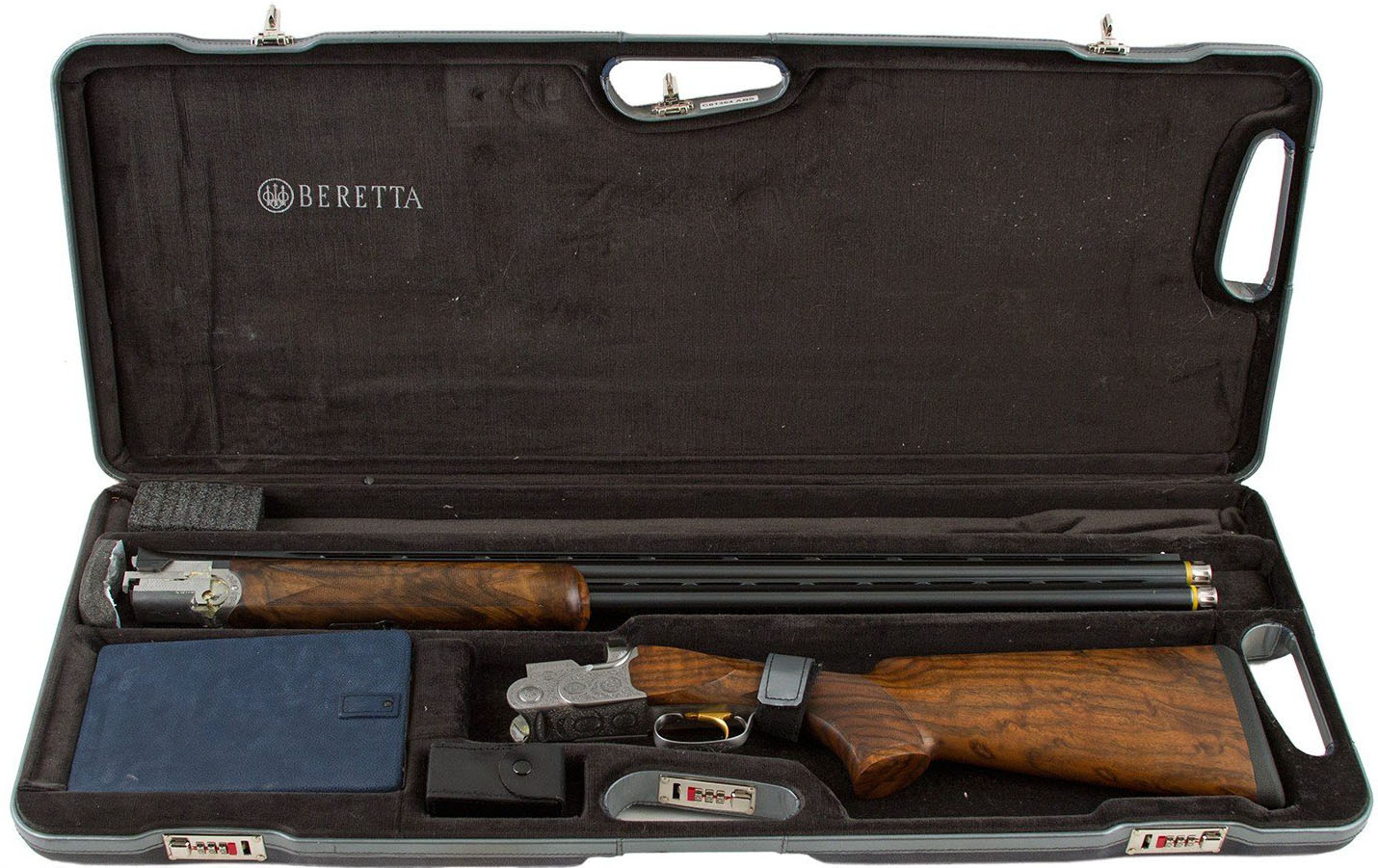
A diehard pheasant hunter and clay shooter, it’s not surprising to me Bourjaily picked a hand-made over/under as his favorite shotgun. Bourjaily’s mother came into a small inheritance in the 1960s and used the money to buy her husband a custom Beretta ASEL 12-gauge (we should all be so lucky to marry such a woman). When his father gifted the gun to Bourjaily it was in rough shape and so he sent the Italian-made break-action off to the gunsmiths at Orvis to restore every inch of the ASEL’s steel. For years, it remained his go-to shotgun for pheasant hunting, but Bourjaily uses it sparingly these days. A new ASEL 12-gauge runs around $12,000 and the 20-gauge variant costs nearly double that. But on the used market, this smoothbore can be had for $3,000-$5,000, which is a steal for a custom shotgun.
“The ASEL is still, I think, one of the better buys on the used market,” Bourjaily says. “[It’s] an entirely hand-made, high-grade gun you can pick up for a few thousand dollars, although it would cost many times that to have one made today.”
3. Tom Roster, ballistics expert and author: Remington 3200
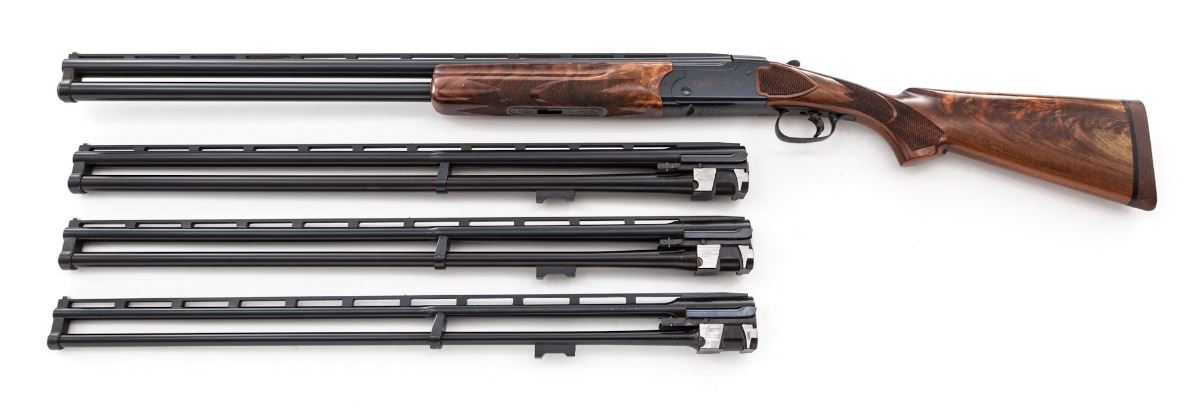
Roster helped develop the first steel waterfowl loads before the lead ban went into effect in the early 1990s. He still spends a hundred days afield each year, testing lead and non-toxic ammunition for shotshell manufacturers and other public and private entities. Roster has also co-authored several reports on shotshell lethality. He gave up shooting auto-loaders for over/unders in the 1970s because the latter where more reliable and he could select from two different chokes depending on the distance of the bird. The Remington 3200 is the second iteration of the 32, which was discontinued during World Ward II. Both guns can be identified by the lack of side ribs along the double barrels. Roster owns two 3200s and had custom 28-, 20-, 12- (3½-inch chamber), and 10-gauge (3½-inch chamber) barrels built to fit the actions of the guns. He estimates shooting hundreds of thousands of rounds through each 3200 with almost no mechanical issues.
“I shoot two different Beretta 686s in 20- and 28-gauge for upland bird hunting as well, and load testing,” Roster says. “Plus, I use a 3-inch .410 Browning Feather XS. I’ve put tens of thousands of rounds through those three guns as well with the same result: zero malfunctions.”
4. Ron Spomer, freelance writer: Ruger Red Label
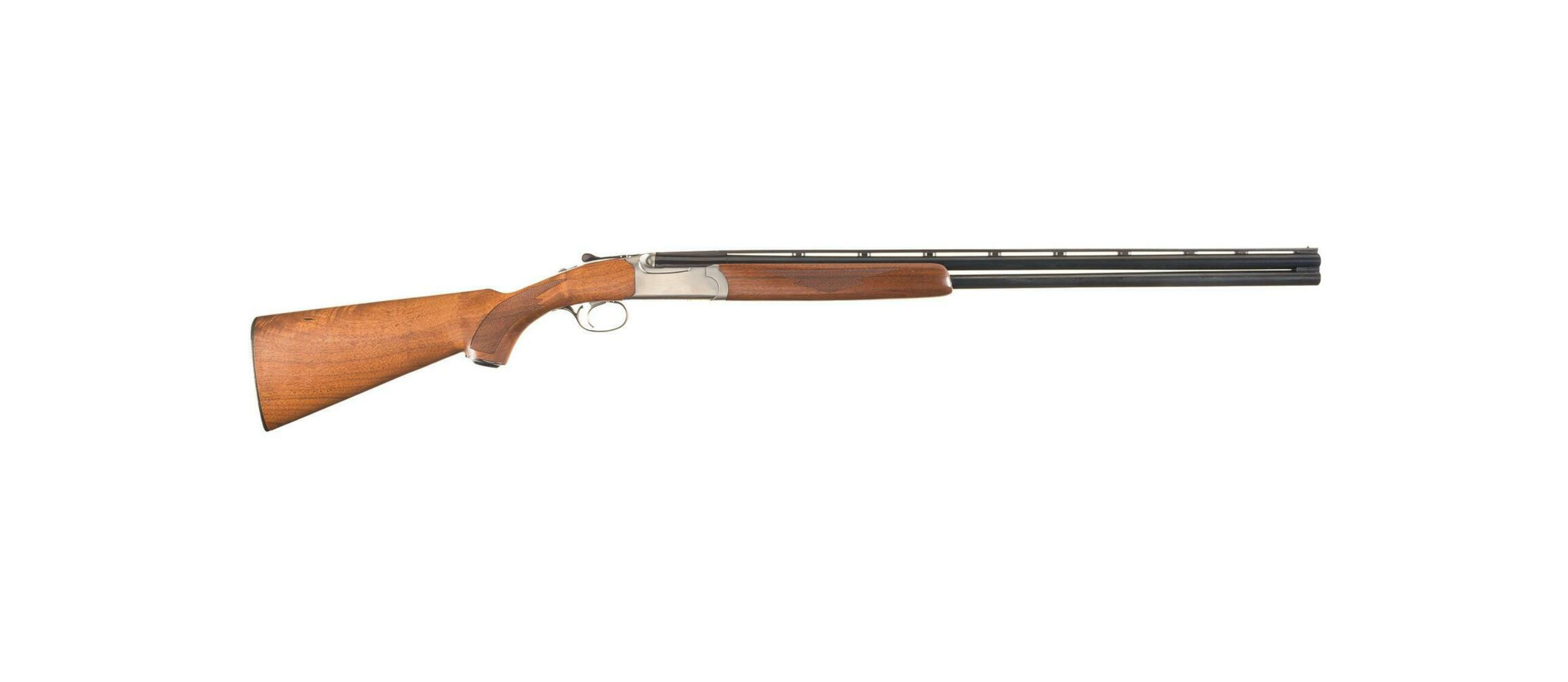
I’ve always thought the Ruger Red Label is a great value over/under, and every bit the gun that the Browning Citori and Winchester 101 have proven themselves. Ron Spomer, who still chases upland birds in the mountains of Idaho, does too—the 28-gauge Red Label remains his go-to gun. Ruger discontinued the line in 2011 before trying to revive it in 2013, but could not sell enough of the break-actions to keep them in production. Too bad. They are trim, light, and well-made American firearms that you can now buy used for $1,000. Ruger started building the Red Label in the late 1970s to compete with Browning’s Superposed. The Red Label had a four-decade run, but the O/U market became steadily saturated with inexpensive break-actions, which made it tough for Ruger to compete.
“The little wand just fits so well that about all I have to do is lift it and point in the general direction of flapping wings,” Spomer says. “The first year I used it on pheasants, I bagged 23 of 25 roosters we engaged. Several of those fell to my second barrel, but they fell nonetheless.”
5. Payton Miller, former Guns & Ammo managing editor and freelancer: Winchester Model 37

Few shooters relish a perfect round of skeet more than Payton Miller. He schooled me for years at the range during our lunch breaks when we worked together in Illinois. I guess the old codger grew tired of 12-gauge recoil, because he ditched an inertia-driven Benelli M1 (that he almost always shot the lights out with) for a single-shot Winchester 37 .410. There were more than 1 million 37s manufactured in 12-, 16-, 20-, and 28-gauge, plus .410-bore. The shotguns have an exposed hammer spur just to the rear of the top break lever, and all barrel is fixed full.
“Why do I like it?” Miller says. “It’s got a bombproof action, it fits me, and is stone simple to operate. Plus, it spares me from having to embarrass myself trying to shoot doubles at skeet.”
6. John Gordon, freelance writer: CZ Ringneck
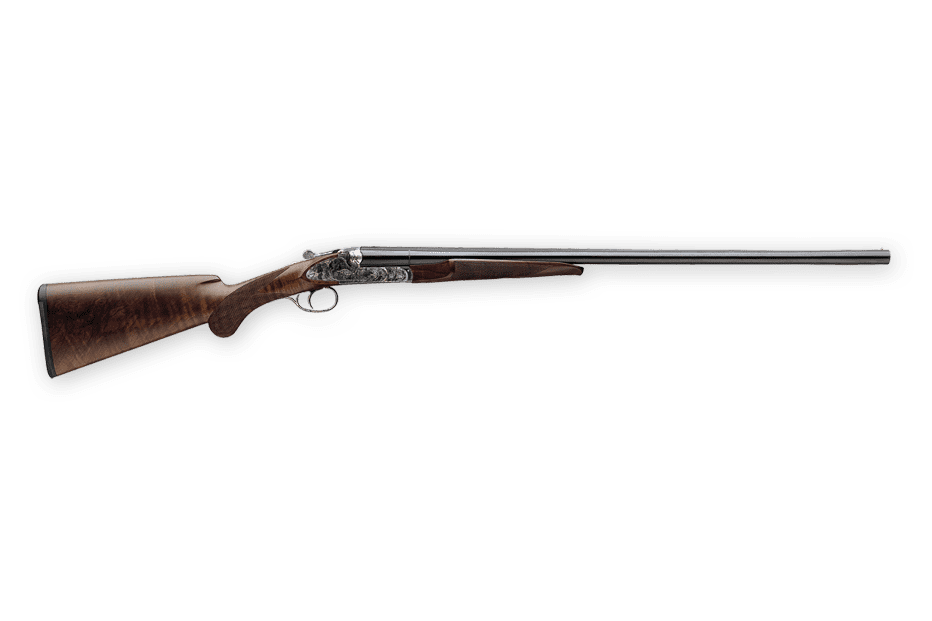
John Gordon was a Texas snow goose guide in the late 1980s and early ’90s when more than 1 million white geese spent winter on the coastal prairie. Thirty years later, he still chases the spring migration of mid-continent snows in the Mississippi Delta and Arkansas. So the CZ Ringneck, a Turkish-made 28-gauge side-by-side, seemed an odd choice for the old snow goose killer, who buys more shotguns in a year than most of us will in a decade. But if the gun fit is right, there’s money in his pocket, and the gun goes bang, Gordon is likely to buy it. The Ringneck debuted in 2005, but fizzled out in less than 10 years. It sits on a boxlock action with engraved sideplates, and has 26- or 28-inch barrels. It was available in 12-, 16-, or 20-, 28-gauge, plus .410.
“It’s a gun I reach for in the safe many times every fall. [Mine has] 28-inch barrels, single selective trigger, Prince of Wales stock, color-case-hardened receiver… it was the best of the CZ import guns, in my opinion. Why they discontinued it [in 2014] is a mystery to me. The closest model now is the Sharp-Tail. It’s similar, but I still prefer the Ringneck.”
7. Joe Coogan, former Benelli brand manager and freelance writer: Winchester Model 12

One of the most well-traveled hunters in the country, Coogan lived and hunted in Kenya during the 1960s and ’70s. He was also an editor for Petersen’s Hunting in the 1990s when print magazines still had large budgets to send reporters around the world to find stories. Coogan also hosted “Benelli On Assignment,” an outdoor television show that took him across North and South America, as well as Africa. But before all that extensive travel and hunting experience, Coogan grew up with a Winchester Model 42—the .410 variant of the famed Model 12—in hand. As he aged, Coogan acquired each gauge of M12, which was engineered by T.C. Johnson, but based on John M. Browning’s design.
“I began with a M42 and then as I got older and bigger, moved up to a 20-gauge for doves and quail, and finally the 12-gauge,” Coogan says. “In high school, I took the gun with me, so I could [dove] hunt after class. My first duck with the M42 was a drake green-wing teal that I remember folding like it was yesterday.”
8. Bruce Buck, gun review editor Shooting Sportsman: Connecticut Shotgun Mfg. Co. A10

Yes, there are still double-barreled shotguns handmade right here in the U.S., and Bruce Buck’s favorite is one of the best you can buy: the A10 American Rose & Scroll in 20-gauge. To build this over/under requires 1,300 individual steps. Each component of CSMC shotguns is inspected by multiple gunsmiths, and every shotgun is inspected by the president of the company before it is shipped to the customer. Buck, an accomplished wingshot, international skeet and sporting clays champion, and a former coach at the U.S. Olympic training center, uses his A10 for upland game and shooting sports. As you can imagine, these shotguns don’t come cheap. A 20-gauge starts at $15,000 and rises from there depending on what you want added, such as the quality of the wood, double triggers, fixed chokes, and more.
“It is beautifully built, but the reason that I like it the most is due to its perfect balance,” Buck says. “It does equally well at game birds and sporting clays. It’s good looking, reliable, and a heck of a shooter. You can’t ask for more in a shotgun.”
Read Next: The Best Workhorse Shotguns That Are No Longer in Production (But You Need to Own)
9. John M. Taylor, freelance writer/author: A.H. Fox HE-Grade Super Fox
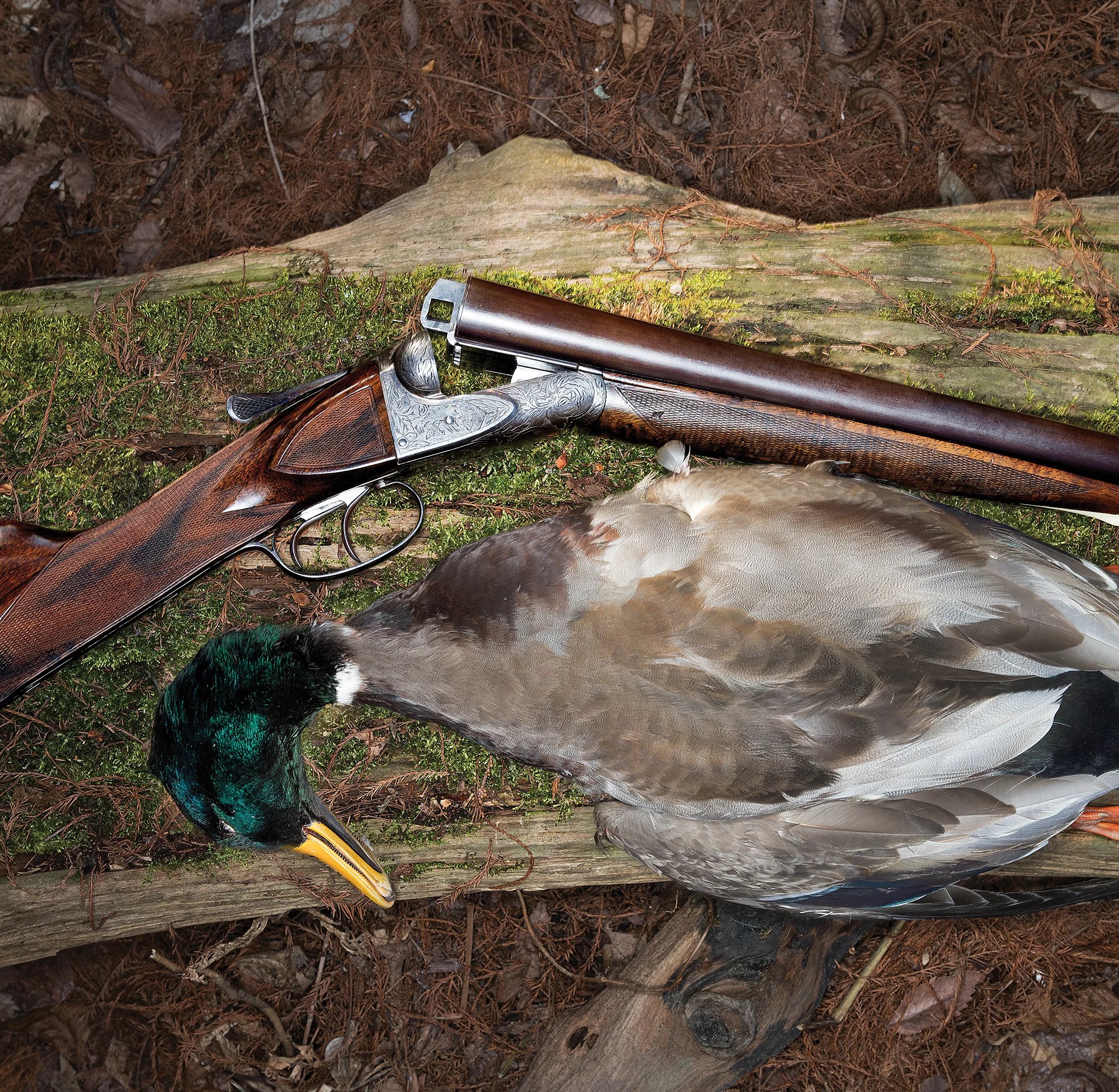
John Taylor is one of the last great gun writers from my father’s generation, and it makes perfect sense that Taylor’s most coveted gun is one of this country’s iconic hunting doubles. His A.H. Fox HE-Grade Super Fox 12-gauge was the gun of Nash Buckingham. John Olin of the Western Cartridge Company famously developed a 3-inch load in 1921 and found that it shot best out of an A.H. Fox double-bored shotgun. So in 1923, America’s first dedicated waterfowl shotgun was built: the Super Fox. Buckingham made the gun famous. His personal gun, Bo Whoop, features in countless Buckingham tales. A 9-pound break-action with lengthened forcing cones, 30-inch over bored barrels, and fixed full chokes, the Super Fox could kill ducks cleanly out to 60 yards (farther in the hands of an accomplished wingshooter) if loaded with Olin’s Super-X copper-plated lead payload. Taylor still shoots the old double gun but has to load it with Kent Tungsten-Matrix or bismuth to kill a ducks now that lead is banned.
“The first Super Fox was shipped to Buckingham, Ensley, Carrigan Company in 1924, when the great Nash Buckingham was a partner in the Memphis sporting goods firm,” Taylor says. “He heaped praise on the Super Fox. With the balance of a fine bespoke British game gun it’s a joy to shoot with bismuth and Tungsten-Matrix through its extra-heavy, tightly chambered, overbored barrels and even tighter chokes.”

